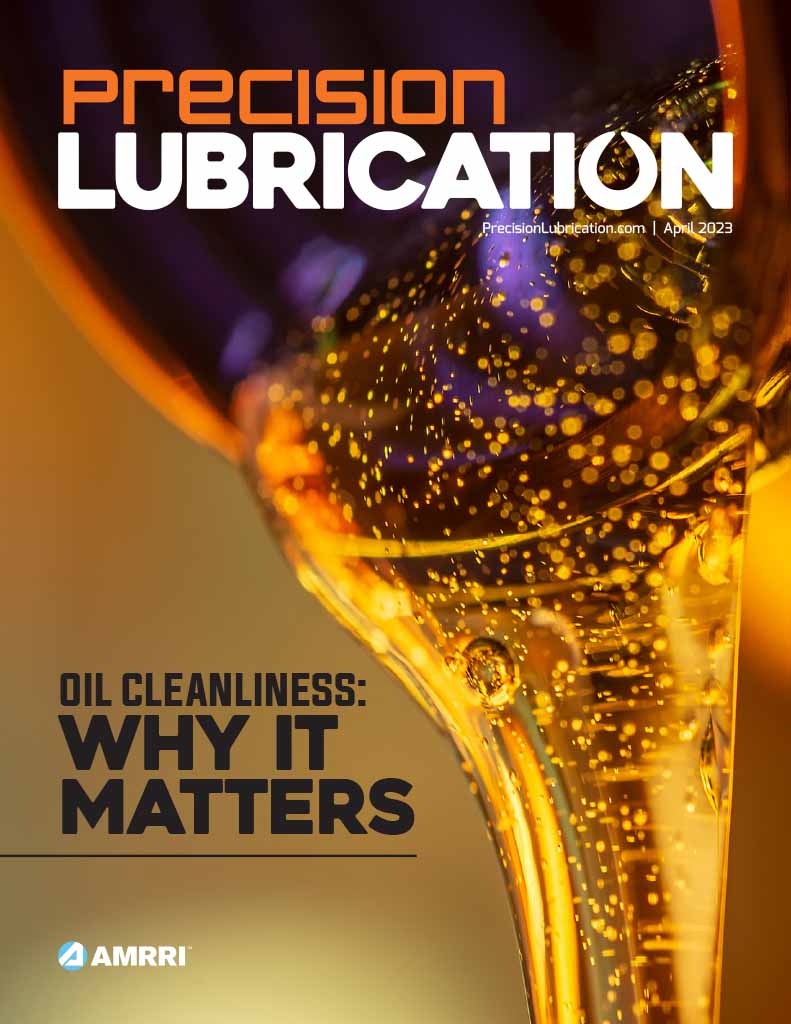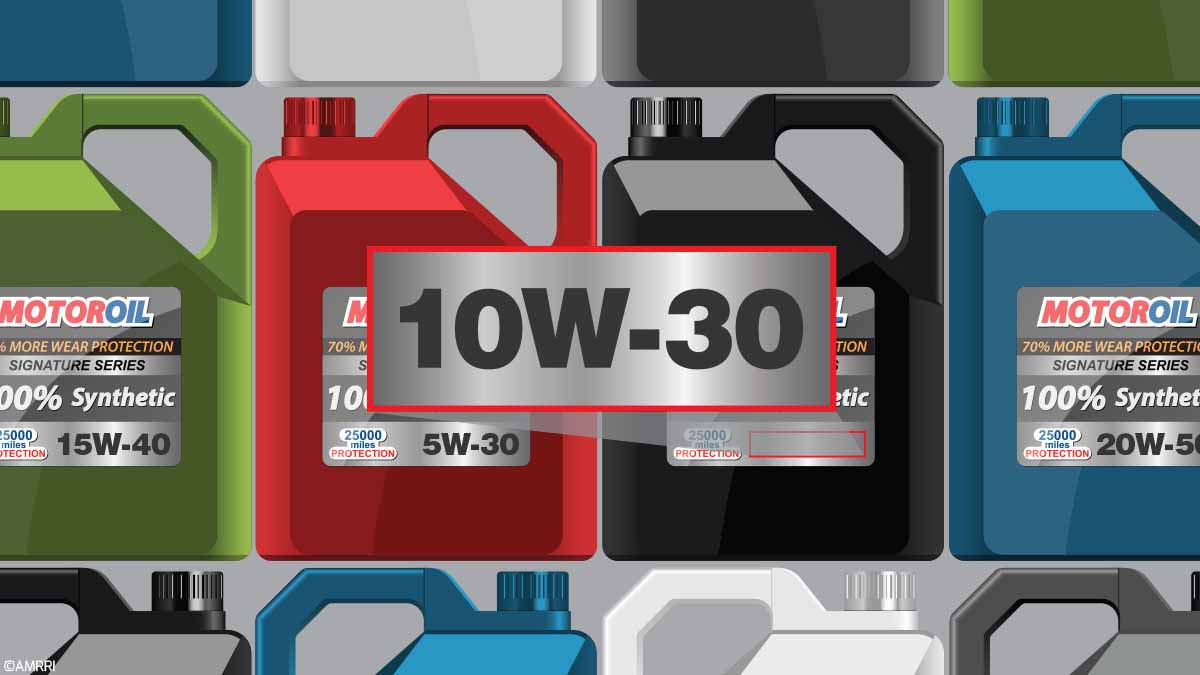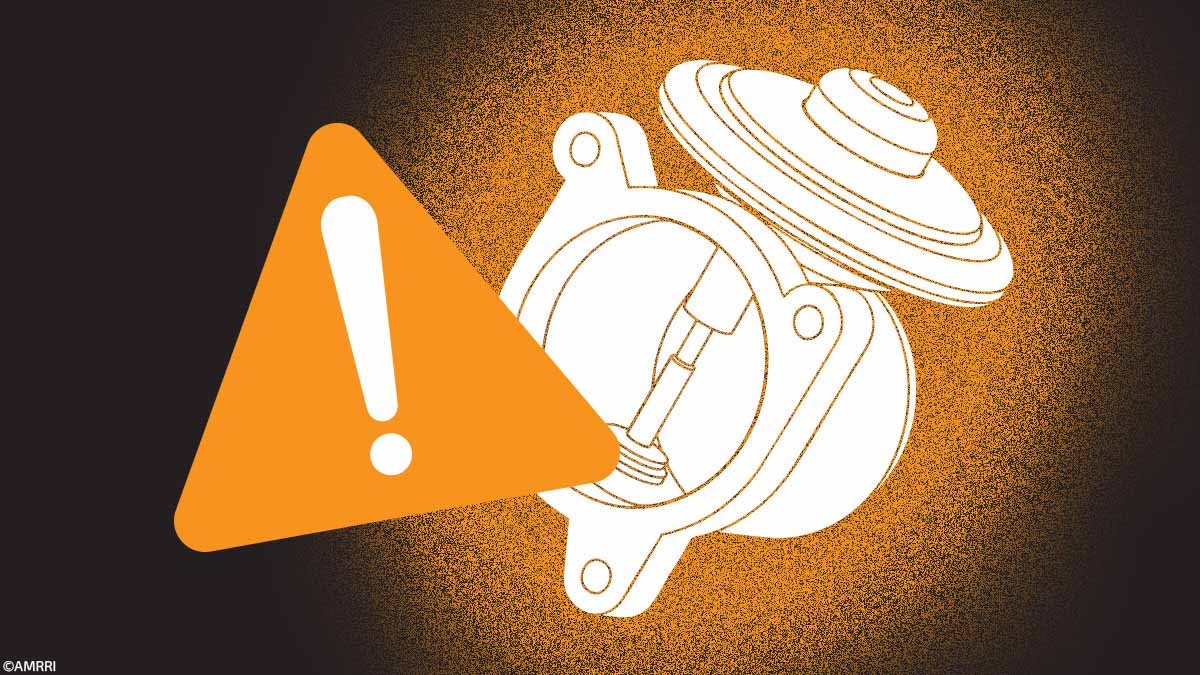This article provides a detailed overview of the classification of engine oils in the context of two key parameters that determine their operational suitability: viscosity properties and quality standards.
Classification of Engine Oils
The basic criterion for classifying engine oils is their viscosity, i.e., their ability to flow over different temperature ranges, as described by the SAE (Society of Automotive Engineers) standard. The current SAE J300 specification divides oils into winter grades (denoted by the letter ‘W’ – Winter) and summer grades, which makes it possible to precisely determine the oil’s behavior both during cold starts and when the engine is operating under full thermal load.
The winter grades (0W, 5W, 10W, 15W, 20W, 25W) specify the minimum temperature at which the oil retains sufficient fluidity for effective lubrication at start-up. The lower the number in front of the ‘W’, the better the oil’s properties at low temperatures.
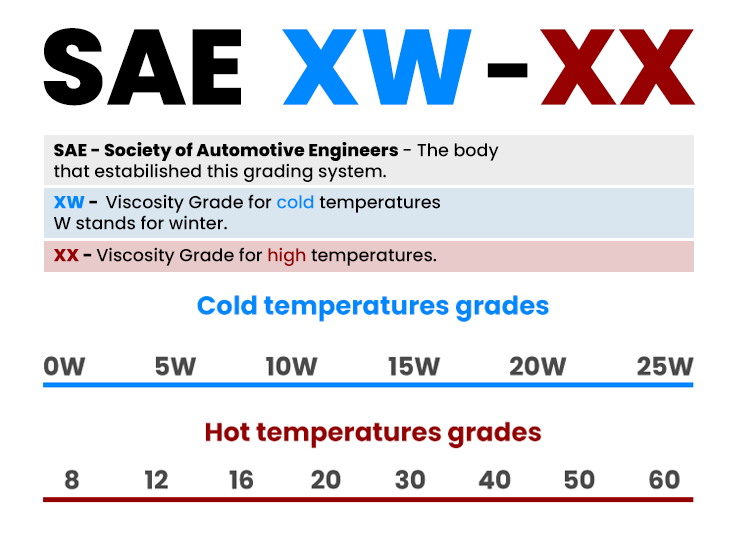
Fig. 1 SAE class designation
Summer grades (20, 30, 40, 50, 60) refer to the kinematic viscosity measured at 100°C and provide information about the oil’s shear resistance and its ability to maintain a stable lubricating film under high heat load conditions. Choosing the right SAE grade is important for engine protection, efficiency, and fuel consumption, especially under extreme conditions.
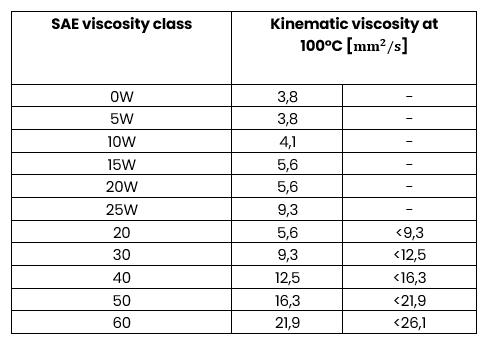
American Petroleum Institute Classification
The API (American Petroleum Institute) develops and regularly updates quality standards for engine oils, which form the basis for assessing their suitability for different types of internal combustion engines. The API classification divides oils into two main groups:
- “S” (Service) series – designed for spark-ignition engines, i.e., petrol units,
- “C” series (Commercial) – used in compression-ignition engines, i.e., diesel engines, often operating under heavy-duty conditions.

Fig. 2 API class designation
- The current most advanced API standard for spark-ignition engines (‘S’ series) is the API SP grade. This specification has been developed for modern powertrains and takes into account, among other things: increased ability of the oil to hold pollutants in suspension, improved compatibility with emission reduction systems (such as tri-functional catalytic converters), reduced fuel consumption and more effective protection against low-speed knocking (LSPI – Low Speed Pre-Ignition).
- For compression-ignition engines, the latest API CK-4 and FA-4 standards include properties that ensure a higher level of harmful emissions reduction, catalyst protection, proper functioning of the exhaust gas recirculation (EGR) system, prevention of particulate filter (DPF, FAP, etc.) clogging, and reduction of engine wear.
The CK-4 standard is backward-compatible, ultimately replacing CJ-4, meets the emission standards for model year 2017 and earlier.
API FA-4, not backward-compatible, also meets the 2017 model year emission standards and is characterized by lower HTHS (High-Temperature High-Shear) viscosity under high temperature and shear conditions, resulting in greater fuel efficiency.
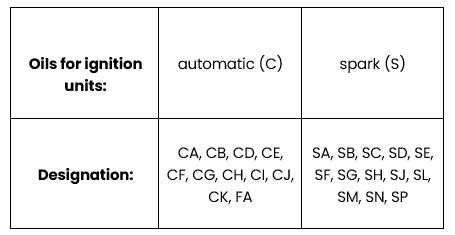
ACEA Standard – the European Equivalent of the API Classification
The European equivalent of the API classification is the ACEA (Association des Constructeurs Européens d’Automobiles) standard. This system classifies lubricants according to the type of engine, its design, and the exhaust after-treatment systems used, taking into account the specific performance requirements of engines operating under European conditions.

Among the oils classified according to the ACEA standard, the most commonly used are:
- A5/B5 – used in spark-ignition (A) and compression-ignition (B) engines; these are oils designed for units operating under high load conditions and requiring extended change intervals. They are characterized by reduced viscosity, which helps to reduce internal resistance and fuel consumption.
- C4 – oils dedicated to vehicles equipped with advanced exhaust after-treatment systems, such as diesel particulate filters (DPF) and exhaust gas recirculation (EGR) systems. They are used in heavily loaded diesel engines in passenger cars and light commercial vehicles.
- E9 – designed for modern heavy-duty diesel engines meeting Euro I-V emission standards. These oils are distinguished by their excellent dispersant properties and keep the crank-piston system clean while complying with exhaust after-treatment systems.
Worth Remembering
- The viscosity of the engine oil is determined by the SAE classification – the lower the winter number (e.g. 0W), the better the oil’s fluidity at low temperatures; summer grades (e.g. SAE 40) indicate the oil’s behavior at high operating temperatures.
- The API divides oils into two main groups:
- “S” – for petrol engines (spark ignition)
- “C” – for diesel engines (compression ignition)
The latest grades, such as API SP and CJ-4, take into account advanced requirements for emissions, engine protection, and compatibility with exhaust after-treatment systems.
- ACEA is a European classification system that takes into account the engine type, design, and technology used (e.g., DPF, EGR).
The most common classes are:
- A5/B5 – for engines with extended change intervals, low viscosity, and fuel economy
- C4 – compatible with DPF and EGR systems
- E9 – for heavy-duty engines complying with Euro emission standards
- The selection of the right oil should always take into account both the viscosity class (SAE) and the quality requirements (API, ACEA), according to the engine manufacturer’s specifications.

